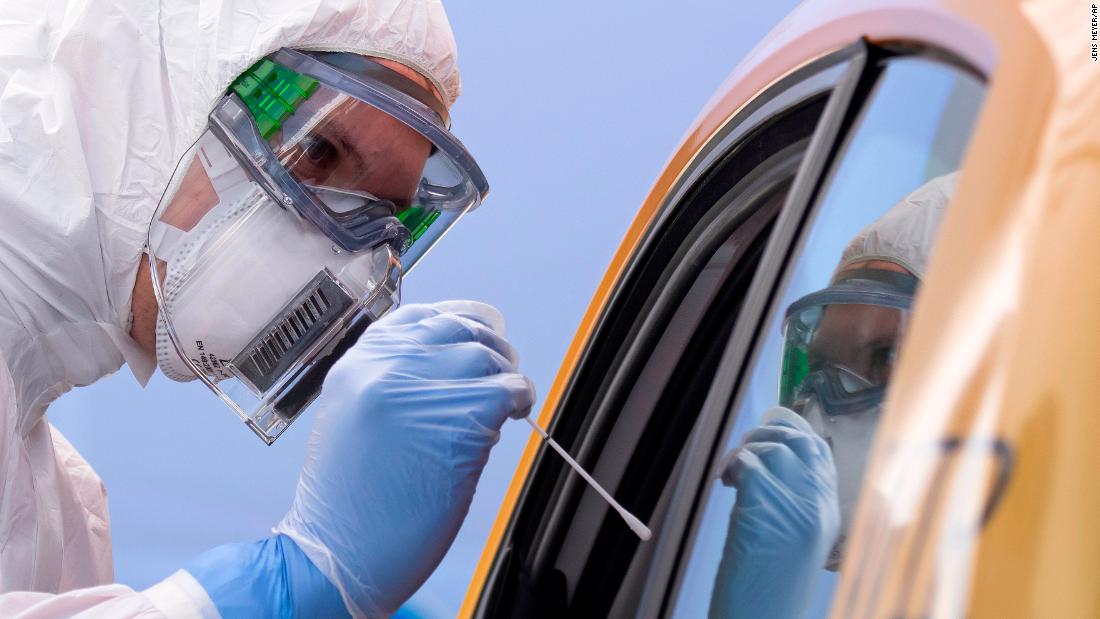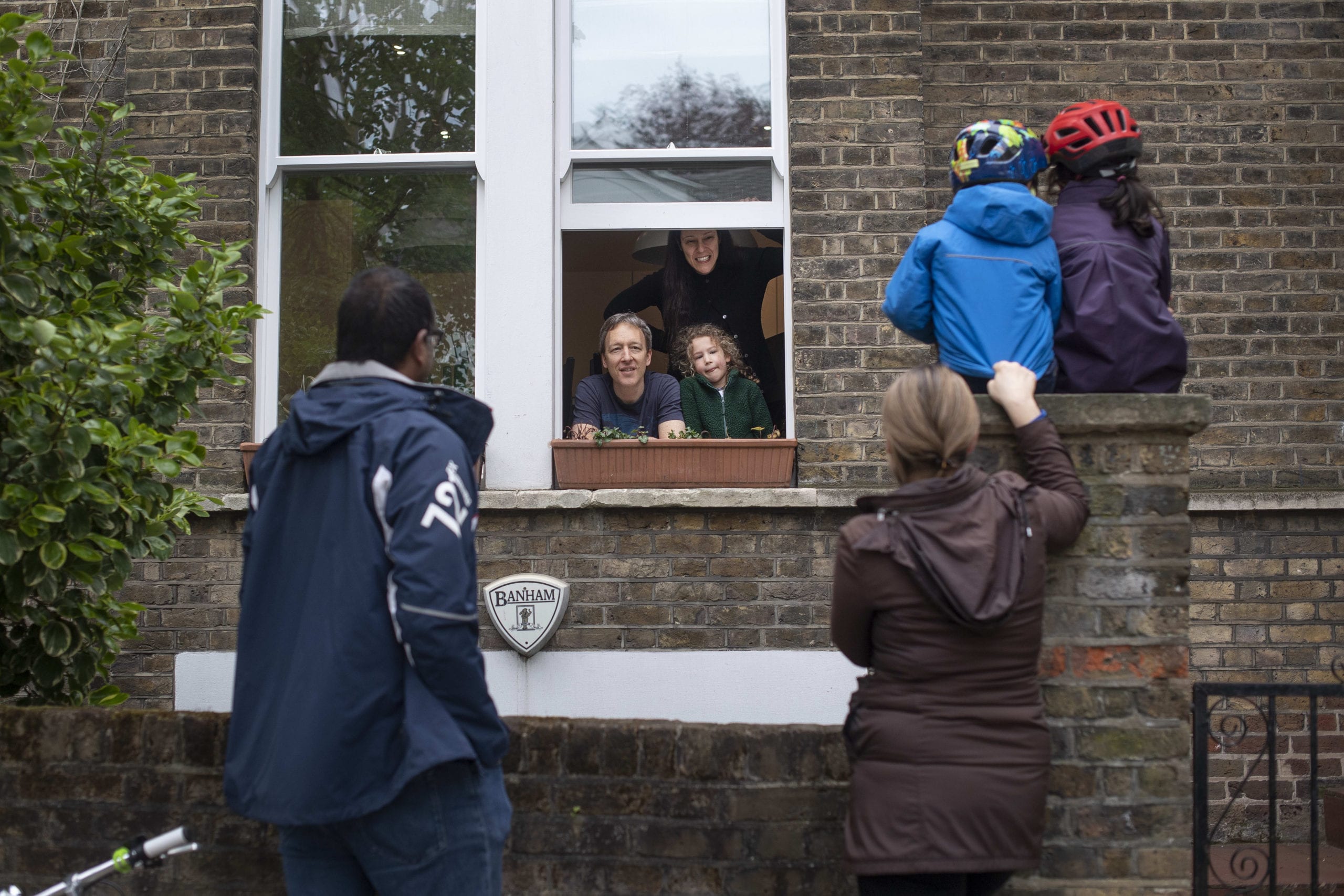As the fight against Covid-19 rages on, doctors and nurses are on the front lines in hand-to-hand combat, grocery store and delivery workers are keeping supplies flowing and scientists are working on treatments and vaccines that would put an end to the fighting for good.
But a critical component of our response effort is largely being overlooked: our existing contact tracing workforce.
In every state around the country, there is a special force called Disease Intervention Specialists (DIS);
these 1,600 individuals are focused on stemming the spread of infectious diseases through contact tracing — the act of identifying those who have come in contact with someone infected by a disease. Run out of state and local health departments and supported by the CDC’s STD prevention program, these workers have more than half a century of expertise working with the very communities impacted the most by Covid-19 — low income communities and communities of color. Since World War II,
DIS has been redeployed to help stop the spread of some of our greatest public health crises, including HIV, Ebola, and Zika.
Over the past few weeks,
tech companies like Apple and Google have tried to offer an alternative approach to contact tracing. While technology absolutely must play a role in our nation’s recovery from this pandemic, it cannot replace the human touch. As an opt-in only app, the technology not only requires the willingness of individuals to share highly personal health data with large tech companies, but it also requires people to own a smartphone,
leaving out roughly 20% of the population — most of whom are the most marginalized and most vulnerable.
While in-person contact tracing may seem like an analogue approach, states like
New York and California recently announced robust plans to build statewide contact tracing units.
In California, these contact tracers would be overseen by the existing workforce in state health departments that have the expertise necessary to help meaningfully bend the infection curve downward. But as of now, there is no unified national strategy that leverages this existing workforce.
Many state governors seem unaware of the expertise they already have. And while Massachusetts and
Illinois have announced plans for how they will handle contact tracing,
they are outsourcing the work rather than relying on the existing and more advanced contact tracers that exist within their health department.
As this war rages on, continuing to disproportionately impact black and Latinx communities, it is clear what needs to happen: states must prioritize the existing DIS workforce in their state health departments to assist with the contact tracing effort and the CDC must make a considerable investment in the long-term sustainability of DIS not only to fight back against Covid-19, but to prepare for health crises to come. For nearly 20 years, congressional funding has remained the same for DIS without any adjustments for cost of living or to combat the radically increased STD rates;
only last year was there a marginal increase. The funding is allocated by the CDC to support hiring these individuals, and it is only a fraction of what is necessary to shore up this army.
As we prepare to fight back against this infection, we cannot do so with anemic ranks. By investing in DIS now, Congress and the CDC will provide states the opportunity to hire, train and deploy contact tracers, and it could also provide secure employment for those without work, amid one of the
greatest unemployment crises our nation has ever seen.
At a time when we are seeing
the highest STD rates in our nation’s history and pandemics like Covid-19 are likely to continue, building this public health army to get America working again is the legacy our leaders in the White House and CDC should leave. As our country slowly considers reopening sectors of the economy, one thing is for certain — we cannot safely do so without increased investment to bolster our DIS workforce, and a unified strategy to deploy these skilled contact tracers.
This is a war we can win. But, without adequate support for this existing workforce from state leaders, the CDC, Congress and the President of the United States, many more lives will be lost and we will continue to lose ground.



















